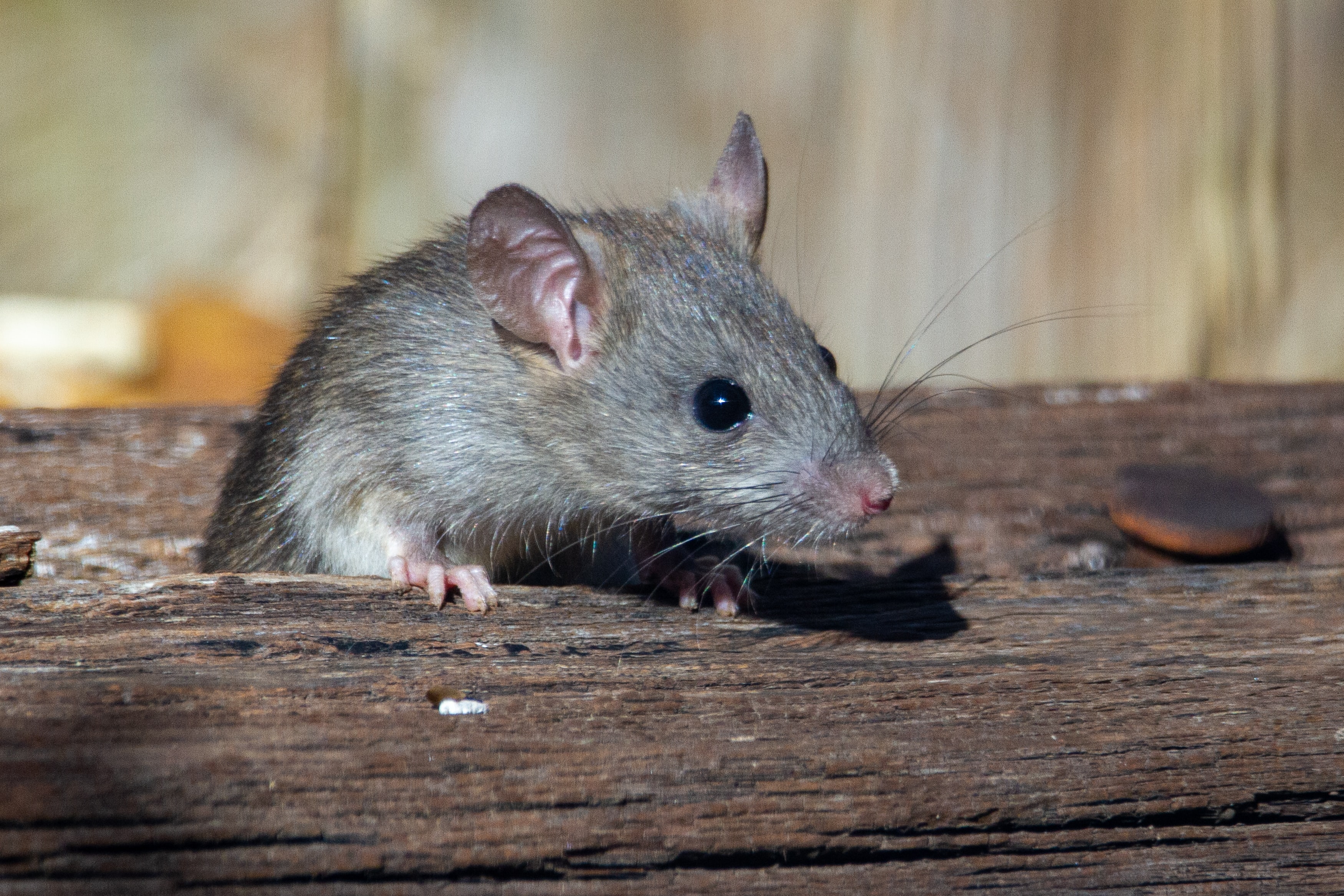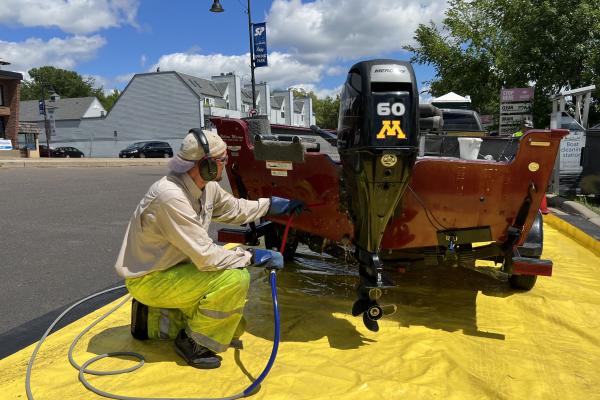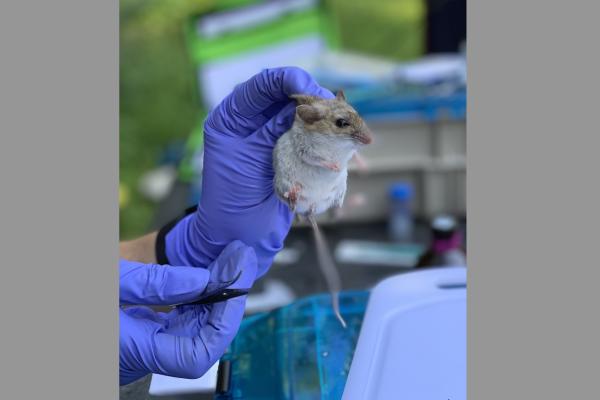Research roundup: Study uses new DNA sequencing technology to ID pathogens, pests threatening food supply
November 30, 2021

The largest group of mammals in the world, rodents contaminate farm environments by transmitting zoonotic pathogens to food animals and produce. Urine and feces from a single rodent within a barn or food-production facility can introduce millions of Salmonella bacteria into a production pipeline within 24 hours. Adding to the mitigation challenge is that, according to previous research, poultry will seek out and consume rodent feces in the barn or yard.
Although studies in Europe and Asia have explored the role of rodent pests in zoonotic disease outbreaks, comparatively little research has investigated the rodent-agricultural interface in the United States.
Now, a team of Univ ersity of Minnesota researchers has harnessed new genetic sequencing technology to match specific zoonotic pathogen types with their rodent carriers—and specifically to study which pathogen-rodent combinations present the greatest agricultural threats. The research team, led by Peter Larsen, PhD, in the Department of Veterinary and Biomedical Sciences, published their findings in the journal Pathogens in September.
ersity of Minnesota researchers has harnessed new genetic sequencing technology to match specific zoonotic pathogen types with their rodent carriers—and specifically to study which pathogen-rodent combinations present the greatest agricultural threats. The research team, led by Peter Larsen, PhD, in the Department of Veterinary and Biomedical Sciences, published their findings in the journal Pathogens in September.
To examine pathogen transmission by rodents on farms, the researchers live-trapped 90 rodents at three dairy and mixed-animal farms in Wisconsin and Minnesota during the summer and fall of 2019. Using cutting-edge nanopore sequencing technology, the researchers then performed rapid sequencing of DNA extracted from the colons of rodents and shrews. Sequencingidentified the presence of multiple foodborne pathogens known to cause animal and human disease including Salmonella, Campylobacter, Staphylococcusaureus, and Clostridium. The team also identified a number of other opportunistic pathogens, including some that could cause chronic gastritis, gastric ulcers, stomach cancer, rheumatoid arthritis, and others. Additionally, they detected pathogens, most frequently in the house mouse, that lead to mastitis—which affects humans but which is a potentially fatal mammary gland infection in cows and responsible for economic loss in the dairy industry. Using sample and sequencing data, the team was able to map the relationships among different rodent species and the types and prevalence of the pathogens they were likely to carry. The research also indicates that rodents can be used as sentinels to better understand what bacterial pathogens might be circulating throughout the farm or production facility environment.
The species-specific knowledge gained from these research efforts will directly inform and improve farm-level biosecurity efforts and public-health interventions to reduce future outbreaks of foodborne and zoonotic disease.
The study was funded in part by startup dollars made available by the Agricultural Research, Education, Extension and Technology Transfer Program. Read more in the Sept. 13 paper published in the journal Pathogens.


